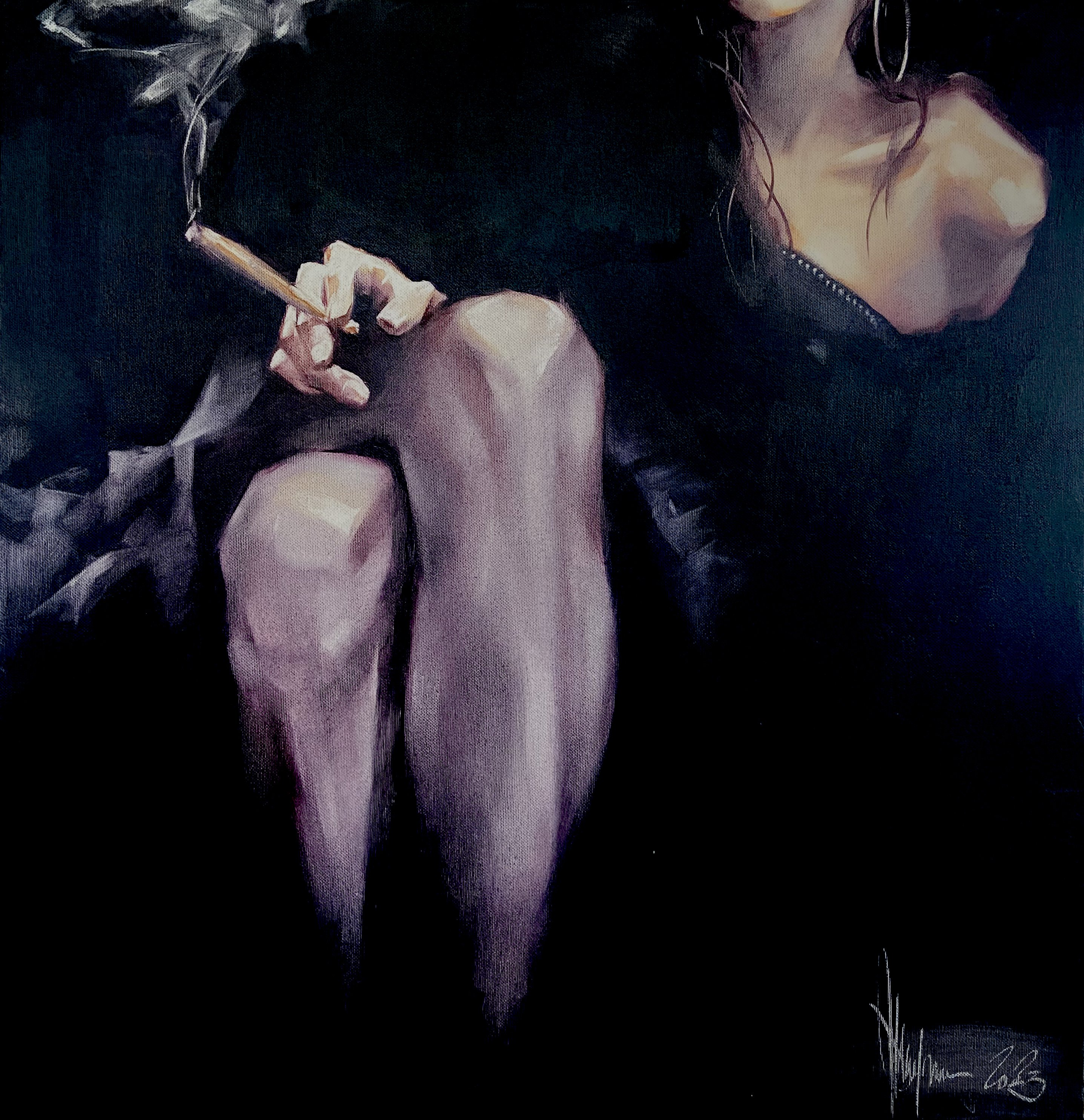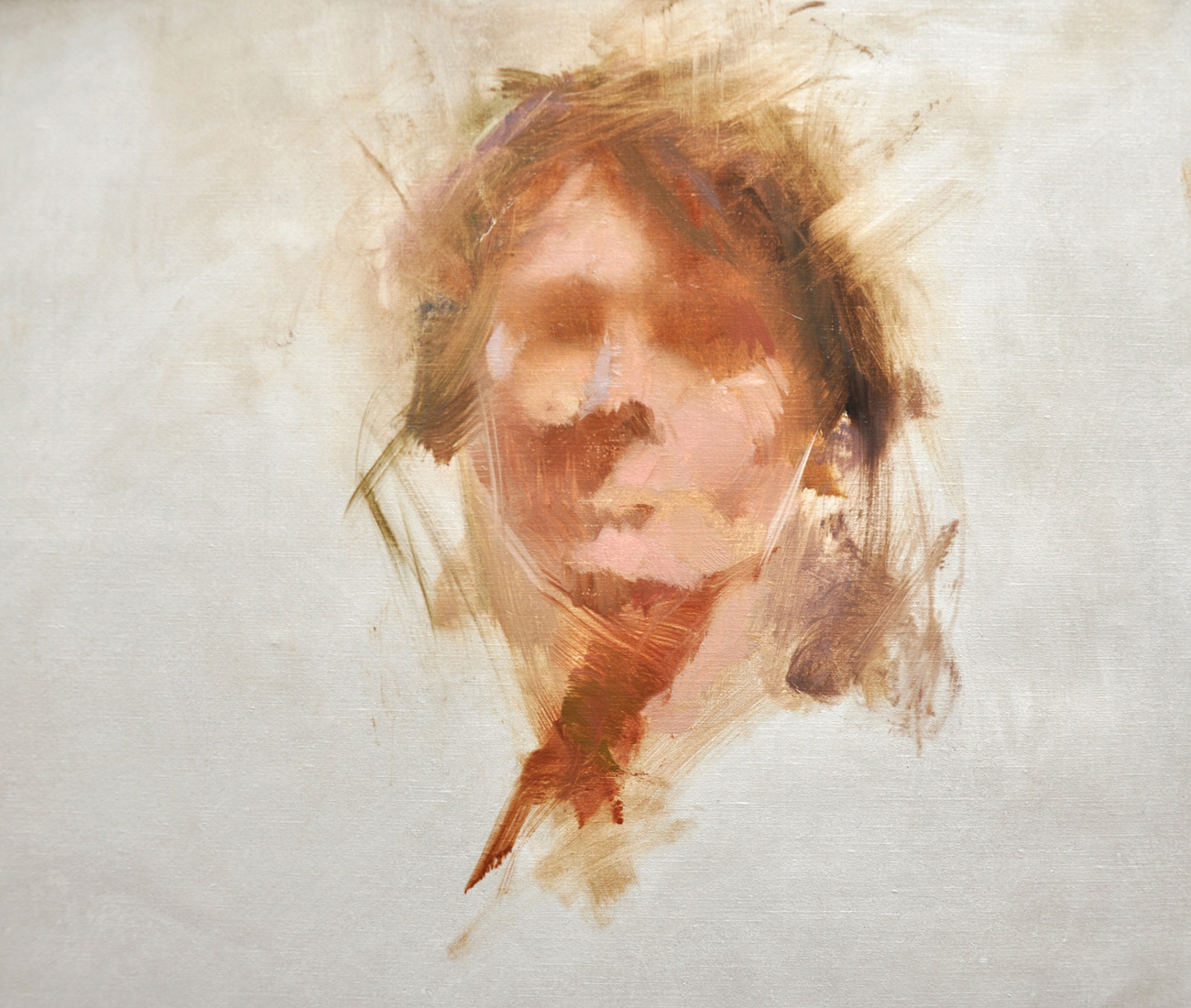The Advancement of Metaphorical Oil Painting: Comprehending Its Historical Significance and Modern Interpretations
The advancement of figurative oil paint serves as an engaging lens through which to examine the interplay in between artistic expression and historic context. Contemporary musicians, drawing from this abundant heritage, are now reinterpreting the human number in ways that challenge typical narratives.
Beginnings of Figurative Oil Painting
The beginnings of figurative oil painting can be mapped back to the early Renaissance in Europe, especially in the 15th century. This duration marked a considerable separation from the stiff kinds and flat representations characteristic of medieval art. Musicians started to explore naturalism, highlighting the human number and its emotional expression. The advancement of oil paint permitted for greater deepness of shade and information, improving the realistic look and vibrancy of their job.

In this transformative age, figures were commonly portrayed within contextually rich environments, showcasing not just their physical features yet likewise their mental states. Pioneers such as Jan van Eyck and Titian harnessed the tool's convenience, using layering methods to achieve luminosity and appearance. This advancement assisted in the portrayal of intricate textiles and the subtleties of skin tones, adding to the growth of portraiture and narrative scenes.
In Addition, the Renaissance focus on humanism fostered an appreciation for uniqueness, which consequently influenced musicians to create even more relatable and vibrant numbers - figurative oil painting. Because of this, metaphorical oil painting arised as a powerful vehicle for narration and emotional interaction, preparing for future imaginative motions and styles
Secret Historical Motions
Significant historic movements have formed the development of metaphorical oil paint, each contributing one-of-a-kind viewpoints and strategies that broadened the tool's possibilities. The Renaissance noted a pivotal moment, stressing realism and the human kind, with artists like Leonardo da Vinci and Michelangelo pushing the borders of anatomical accuracy and viewpoint. Following this, the Baroque era brought remarkable contrasts of light and darkness, exemplified by Caravaggio, that instilled religious styles with extreme emotionality.
The 19th century introduced Romanticism and Realistic look, where musicians such as Delacroix and Courbet challenged classic perfects, concentrating on private expression and day-to-day life. The advent of Impressionism even more changed the tool by emphasizing the impacts of light and shade, leading to a departure from conventional depiction.
In the very early 20th century, activities like Expressionism and Cubism redefined figurative painting with abstraction and the expedition of psychological deepness. Each of these movements not only showed the social adjustments of their times but likewise laid the foundation for modern analyses. The interplay between these historical motions has produced an abundant tapestry of designs and ideologies, influencing modern artists in their pursuit of capturing the human experience on canvas.
Methods and Materials Evolution

Throughout the Baroque period, techniques such as chiaroscuro and sfumato arised, improving the emotional resonance of figurative structures. Artists began to try out lusters and impasto, manipulating appearance and brightness. By the 19th century, innovations like making use of pre-mixed paints in tubes transformed access, enabling musicians to paint en plein air and catch the fleeting impacts of light.
The 20th century observed the introduction of artificial pigments and mediums, which broadened the scheme and changed the uniformity of oil paints. The expedition of new application methods, such as scheme knives and brushes of varying tightness, more diversified creative expression. Jointly, these innovations reflect the progressing partnership between materials, methods, and the imaginative vision inherent in figurative oil painting.

Contemporary Interpretations
Contemporary interpretations of figurative oil painting show a dynamic dialogue between custom and innovation, where artists challenge established standards and discover varied motifs. This advancement shows up in numerous means, as modern artists blend classical techniques with modern concepts, often addressing social, political, and personal stories.
Several experts attract motivation from historical works, yet they instill their items with contemporary perspectives, utilizing the human kind as a lorry for discourse on sex, society, and identity. Artists increasingly experiment with abstraction, distortion, and multimedias, which permits a broader analysis of the figure and its context.
Moreover, the usage of brilliant color schemes and unique compositions often offers to disrupt typical checking out experiences, provoking essential interaction from audiences. This change in focus prolongs beyond appearances; it shows an expanding understanding of the intricacies of human Your Domain Name experience in an interconnected world.
As metaphorical oil painting proceeds to develop, it continues to be an important tool for checking out the subtleties of contemporary life, symbolizing both a respect for heritage and a dedication to dynamic thought. The outcome is a rich tapestry of expression that resonates with the intricacies of the modern human problem.
Effect On Modern Art
The effect of metaphorical oil paint on modern art is profound, as YOURURL.com it has actually consistently inspired a myriad of artistic motions and methods throughout the 21st and 20th centuries. From Expressionism to Surrealism and past, the exploration of the human figure has stayed a main motif, permitting musicians to convey complex emotions and narratives. This emphasis on figurative representation has actually brought about a re-examination of traditional techniques, leading to ingenious techniques that mix realistic look with abstraction.
Additionally, modern musicians have actually welcomed metaphorical oil paint as a way to resolve political and social concerns, making use of the tool to test understandings of sex, identification, and society. The revival of rate of interest in figurative work in recent years reflects a longing for link in a significantly electronic globe, where human experience and emotion are critical.
Additionally, the discussion in between figurative oil painting and modern-day art is noticeable in the jobs of artists such as Kehinde Wiley and Jenny Saville, who attract on historic recommendations while infusing their items with contemporary relevance. Inevitably, metaphorical oil painting continues to form and redefine contemporary artistic expression, emphasizing its long-lasting importance in the art globe.
Final Thought
The advancement of figurative oil paint underscores its historical value and flexibility across numerous artistic motions. Inevitably, figurative oil painting continues to be a vital medium for discovering the human experience, resonating profoundly in today's electronic landscape.
The advancement of figurative oil painting serves as an engaging lens through which to take a look at the interaction in between artistic expression and historical context.Considerable historic activities have shaped the development of metaphorical oil paint, each adding unique viewpoints and methods that increased the tool's opportunities.As historical movements shaped the trajectory of figurative oil painting, the methods and products used More Bonuses by musicians have actually additionally undertaken significant transformations. figurative oil painting.The impact of figurative oil painting on modern art is profound, as it has constantly influenced a myriad of creative motions and practices throughout the 20th and 21st centuries.The evolution of figurative oil painting underscores its historic value and flexibility throughout numerous creative motions